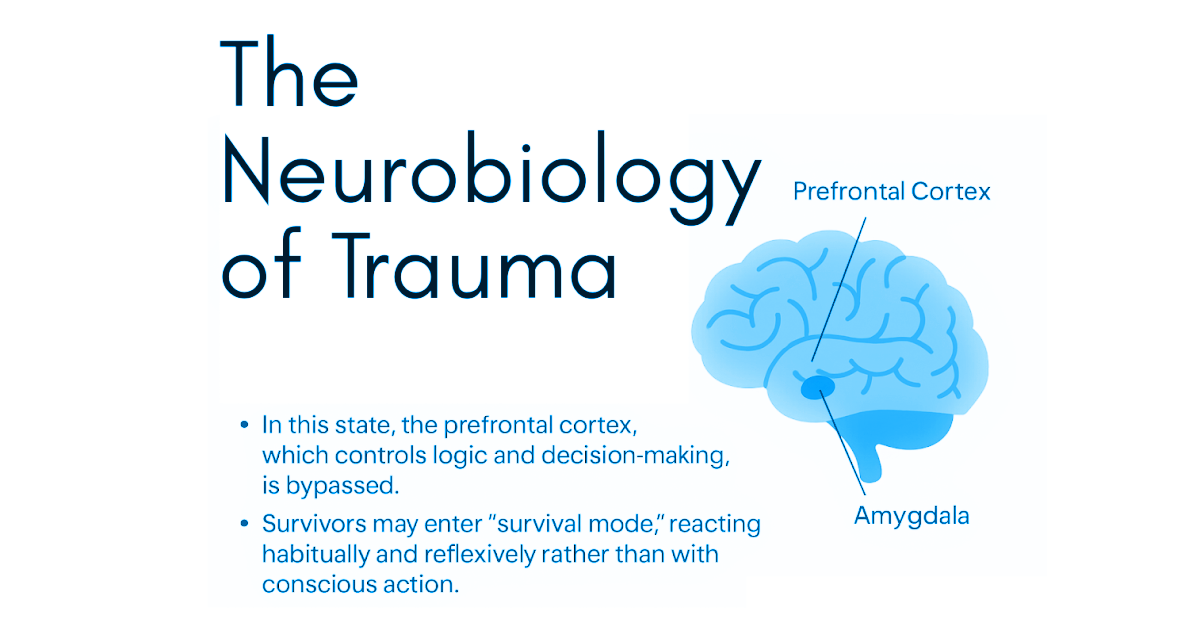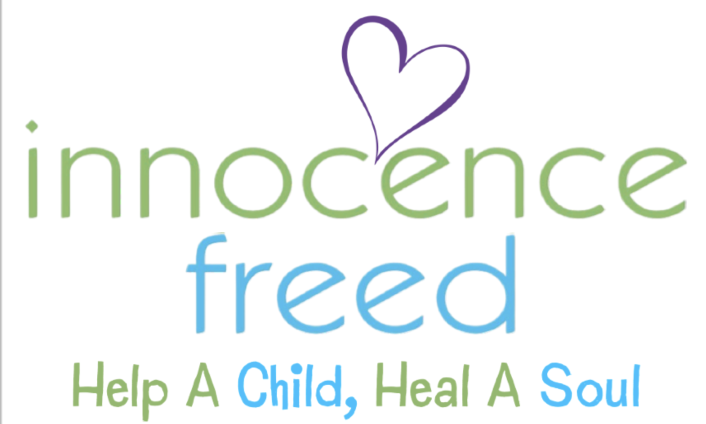
Understanding “Survival Mode”: The Science Behind Victim Behavior
When we look at the effects of trauma, especially in survivors of human trafficking, abuse, or exploitation, it’s critical that we move beyond surface judgments and instead understand the science behind survival. Victim behavior isn’t about weakness—it’s about neurobiology.
What Is “Survival Mode”?
“Survival mode” is more than a phrase—it’s a neurological state. It’s what happens when the brain perceives a threat and activates its fight, flight, freeze, or fawn responses. For those who have endured trauma, this mode isn’t temporary. It can become a habitual state of being, shaped by the brain’s adaptation to danger.
Amid trauma, the brain’s prefrontal cortex (responsible for logic and decision-making) goes offline. The amygdala, the brain’s alarm system, takes over. This is not a conscious choice. This is reflex. This is survival.
Habits and Reflexes: Built for Safety
Many survivors are often judged for “not fighting back,” “not leaving sooner,” or “returning to unsafe situations.” But these behaviors are not rooted in rational decision-making—they’re embedded in the brain’s attempt to keep the person safe. Over time, the brain wires itself to expect harm and prepares for it through hypervigilance, dissociation, compliance, or numbing.
What may look like “giving in” is the brain’s best strategy for survival.
Why This Understanding Matters
As advocates, therapists, law enforcement, and community members, our language matters. When we use terms like “survival mode” and “habits and reflexes,” we validate the neurobiological reality of trauma. We shift the narrative from “what’s wrong with them?” to “what happened to them?”
This understanding:
- Builds empathy and trust
- Reduces re-traumatization
- Improves support services
- Encourages survivor-led healing
Reframing Recovery
Healing takes time—and it begins when survivors are no longer blamed for behaviors that once kept them alive. Recovery involves slowly rewiring the brain to believe in safety again, often through trauma-informed therapy, supportive relationships, and spaces that honor their experience without judgment.
When we understand that survivor behavior is based in neurobiology, not character flaws, we change everything—how we respond, how we support, and how we restore.
Let’s choose the language that reflects science, compassion, and dignity. Let’s believe survivors.
Written By: Julie A. Shrader
Founder/CEO Innocence Freed

